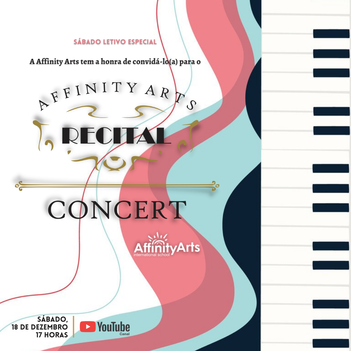 When I was a little girl, like so many children, I was given dolls to play with. I loved my dolls. I dressed them, talked to them, sat them on a chair, undressed them and put them to bed. They were pleasant, lovely creatures to have around at all times and always perfectly behaved! However, when I had real children of my own, quite early it occurred to me that my dear dollies had not prepared me at all for motherhood. These “dollies” now had minds of their own. Often their first words were not “Mama!” but “No!” No need for any further details. My readers could all supply hundreds of examples of the differences between the two genres! Children, however, are living beings. Furthermore, for more complication, the child is a social being. No person can exist alone, no matter how brilliant or knowledgeable. We are all absolutely dependent on thousands of people we don’t even know in order to live our lives even at a very basic level. When the child is born, mysteriously, he senses how vulnerable he is. His parents, the first people he knows, are his lifeline. Were you ever lost as a child in a store? Do you remember the desperate feeling you had until you saw your parent? A bee or an ant is also a social being. But it comes into this world with instincts as to how it can contribute to its own social milieu. Our dear children have no such instincts except that his or her strongest motivation is the desire to belong and to contribute to the group. His security or lack of it depends upon his or her feeling of success in this endeavor. He or she comes to us without any guiding principles. Instead he or she learns only through trial and error. The child feels that if he can get some kind of recognition of the parents or family, the task is completed. Often the recognition is what we might term negative. “Why do you keep bothering me? I can’t work if you keep making that noise!” The child feels he or she has succeeded. Alas! He or she will continue the behavior, knowing the outcome. Often the child finds that if he or she cries, the adult comes and serves him or her. Again, the same behavior is continued non-stop. The child now feels he or she is a part of the group. Children are expert observers but make many mistakes in interpreting what they observe. When the parent angrily responds or always gives the child what he or she wants, one can be sure that the learning the child has received will be employed. The child will draw the wrong conclusions and choose mistaken paths in which to find his or her way. How can we as adults help the child find his place in the family so he can become a contributing and treasured member? We need first to realize that what he knows, he learned from us! This is unintentional on both sides. It is simply done, often to try to get the child not to bother us so much! How can we change our own behavior through knowledge in relation to him or her to get the desired and lasting results we all seek? In blog 2 in the You and Your Child series, we will begin to discuss this magic formula! By: Mrs. Sue Frasunkiewicz
0 Comments
|
Histórico / Historic
November 2019
Categorias/ Categories |


 RSS Feed
RSS Feed




